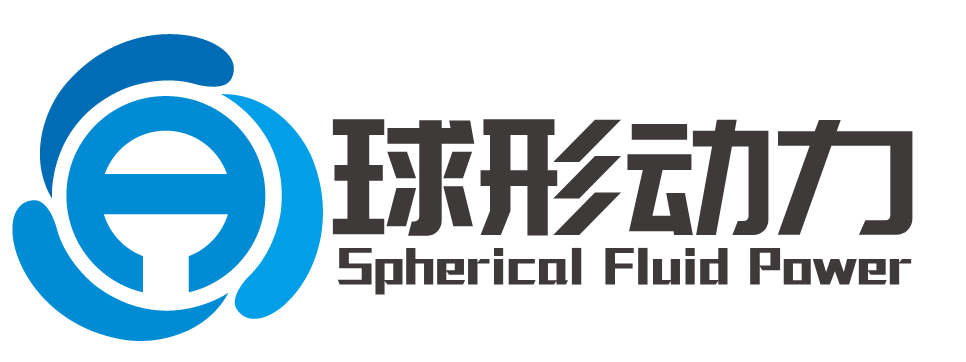Has seawater desalination reached the critical point of commercialization?
"Compared with the previous two years, there has been an improvement in the utilization of seawater resources. Many water treatment enterprises and capitals have started to understand what seawater desalination is and what value it has. However, there are still problems such as high desalination costs, insufficient supply-demand side response, and lack of core technologies, and these dilemmas will still exist in the next few years."
A senior industry insider frankly said that seawater desalination is still in a relatively early stage and it will take five to eight years to form a relatively mature industry.
One of the reasons for the rush into seawater desalination is that some domestic securities firms even predict that by 2020, seawater desalination will generate an industrial driving effect of more than one trillion yuan in China.
The traditional environmental protection sectors most affected by seawater desalination are sewage treatment, water treatment equipment, membrane treatment equipment, and reverse osmosis technology applications. At the ecological benefit level, seawater desalination can increase the success rate of water resource utilization, provide applications such as opening up sources and reducing consumption, and low-carbon cycling for the quality of the water ecological environment. It is expected that seawater desalination can bring cost reduction value that the industry can look forward to.

Simply put, the types of companies involved in seawater desalination include traditional water treatment comprehensive service providers, IT giants, and a group of innovative enterprises, all of which need to balance professionalism and technology. However, as for how the broad macro - economic benefits can be shared and divided among companies within the industry, resource - based platforms, cross - border capital, etc., there doesn't seem to be a mature, stable track for application and large - scale development yet. Many industry insiders have revealed that although each company is scrambling for market share, making the market seem prosperous, the commercial operation of seawater desalination is still premature, and there are very few business - closed - loop models that can work. Even in the case of seawater desalination, where various players gather, there was once public opinion that seawater desalination has not been put on the right track in application, and there are still many unclear issues. Who will foot the bill? On the other hand, "Seawater desalination expands the channels for obtaining water resources and saves resources. The biggest problem in the industry chain this year is the insufficient or unbalanced distribution of core technical resources. More fresh water resources should be provided through seawater desalination innovation, instead of focusing on fields with relatively mature and popular technologies." The concerns of the industry also correspond to the bottlenecks in the further implementation of seawater desalination. To solve these problems, companies in the market are looking for different cooperation methods and partners, which is a dizzying sight. Any market will cover four major elements: the demand side, the supply side, the value unit, and the matching mechanism. As for seawater desalination, a relatively complete business model requires the objective existence of the demand side. The key to the supply side is that seawater desalination service providers should not only have a single product but a complete set of solutions. The value unit lies in that the service should comply with the current seawater desalination rules. For example, how to price the desalinated seawater when it "enters ordinary households"? Finally, it is the matching mechanism, that is, how to build a business closed - loop, but this process is very complex.

Under the pressure of investment and the market, more cross - border capitals have chosen more complex and diversified operation models, and the industrial development is still in a very early stage. Currently, the applications that can be commercially implemented mostly win by virtue of excellent technologies and products. Traditional water treatment enterprises such as Shanghai BAAN Waterworks Co., Ltd., Tianhao Environment Co., Ltd., and Originwater Technology Co., Ltd. have invested in seawater desalination. Their advantages lie in the fact that their core technologies can generate continuous comprehensive benefits, and they are mostly concentrated in the manufacturing of membrane treatment equipment. Coupled with purification technologies and solutions, the added value of equipment can be increased, thus obtaining a larger market. The outstanding players who have reaped substantial benefits owe their advantages to technology. From the perspectives of the basic layer, technology layer, and application layer of the industrial chain, it is generally believed in the industry that due to the high barriers of water resource recycling and water purification technologies, high - long - term investment is often required to achieve high returns. Therefore, established players also tend to focus on the underlying layout. Another direction is to seek more opportunities in niche areas. Industry analysis generally points out that for example, seawater desalination equipment can only rely on market penetration or huge financing. This track has promising prospects, but competition is gradually intensifying. On the other hand, there are still great opportunities in areas such as the application of reverse osmosis technology and membrane treatment equipment, and the value that can be tapped is greater. The combination of seawater desalination and sewage treatment with samples and technical barriers will be higher than the former.
